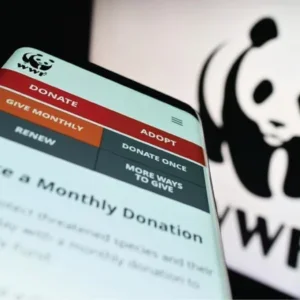Wet-blue plant Hidskin Processors (Pty) Ltd have increased their capacity by about 30% to 6,500 hides/week, or more than 300,000 hides/year. The extensions, which include three new drums and a new chemical store, were commissioned at the beginning of April.
Although South Africa’s cattle kill is thought to have remained fairly static at 1.8 to 2 million/year, of which about 1.3 million are from feedlots, Hidskin managing director Charles Austin said he believed the expansion was sustainable. ‘About 95% of our hides are from feedlots’, he said. ‘Two of them, Karan Beef and SIS, are shareholders in Hidskin, and I’m a shareholder in Beefcor, so we have supply commitments, either by arrangement or through shareholding, with three of the major feedlots which, between them, control more than 25% of the feedlot slaughter in SA.’
He said 75%-80% of Hidskin’s hides were sold into the local automotive leather industry and the balance exported. Hidskin have increased their share of hide supply since the management buyout of the plant, along with two wholesale meat operations and the Beefcor feedlot from Tiger Brands in 1999, not long after Tiger Brands acquired them from ICS. According to Austin, Hidskin were the only one of South Africa’s ten wet-blue plants carrying out a ‘continuous process’, fleshing hides in the green and then liming and tanning them in the drum for 46 hours.
Hides are collected daily within a 100km radius and are delivered salt-free, either fresh or iced; a short-term preservation process Hidskin pioneered in SA in 1994. This was largely because of the high cost of using the Johannesburg municipal sewer, and of the high cost of water in the metropolitan area.
Hidskin also contract pickles dorper sheepskins for the SA Dorper Export Co, which is based in their premises for convenience, though there is no shareholding link. They previously pickled skins for their own account but have withdrawn from that market in favour of SA Dorper.






